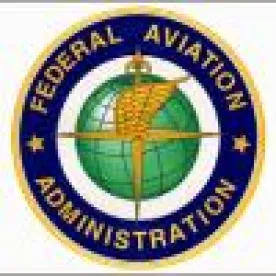On Feb. 15, the Federal Aviation Administration (FAA) released its long-awaited notice of proposed rules with respect to unmanned aircraft systems (UAS). The proposed rules replace the current almost-universal ban on flying UAS for commercial purposes with a protocol for authorizing operations for commercial flights of small UAS weighing up to 55 pounds. The regulations provide that operations must be in the daylight and require visual-line-of-sight operations.
An operator would need to be at least 17 years old, pass a test and obtain an FAA UAS operator certificate. The test would need to be taken every 24 months.
The UAS operator: must always maintain a visual; must maneuver away from manned aircraft; must discontinue operations it if poses a threat to other aircraft, persons, or property; must not fly over people; and all weather conditions and flight risks must be assessed. Further, operations in airport flight paths and restricted airspace is prohibited.
Additionally, flights are limited to 500 feet altitude and no faster than 100 mph.
Before operations, an operator is required to perform preflight inspections to make sure that communications between the UAS and the control is working. However, the UAS will not have to comply with current agency airworthiness standards.
The current rules remain in place until the FAA implements the final rule. The proposed rules are open for comment. A summary of the proposed rules can be found here.





 />i
/>i

